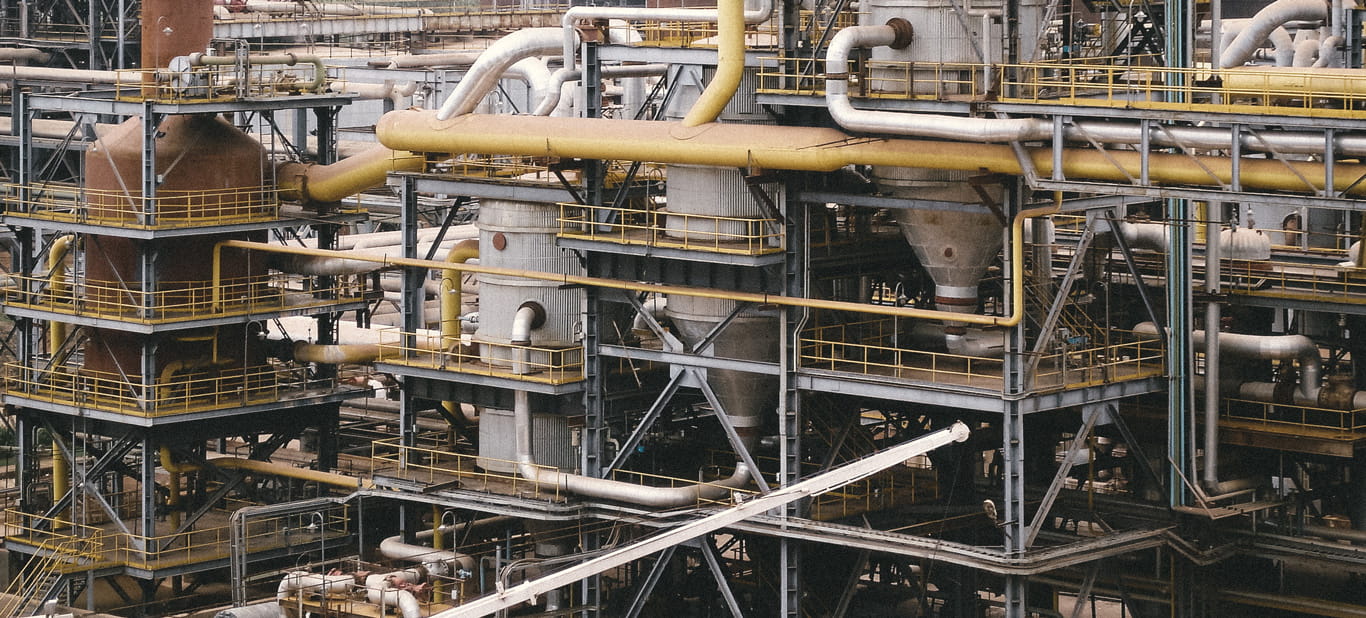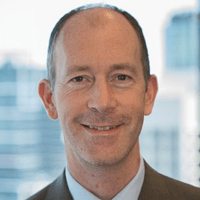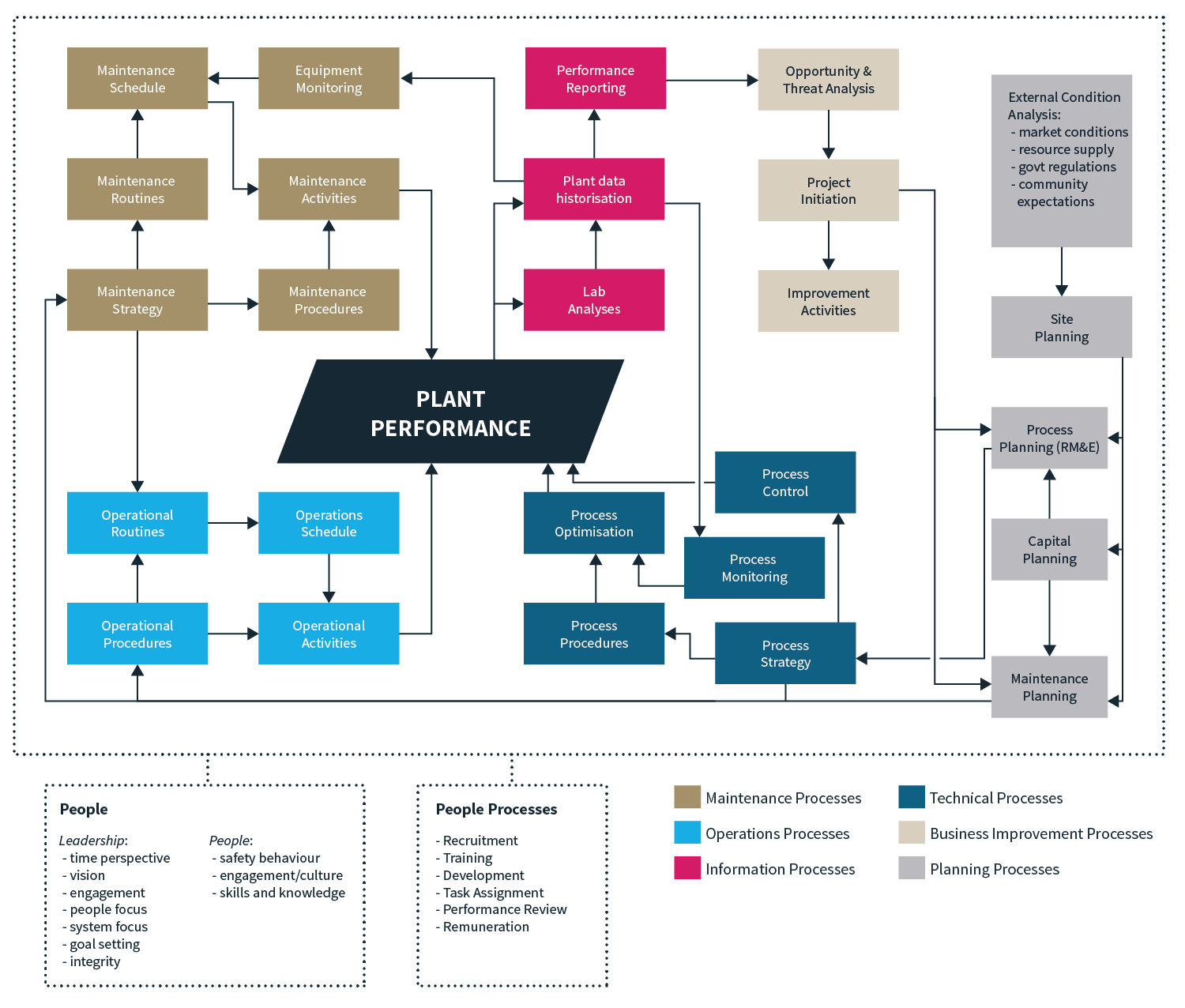The improvement conundrum
Alumina refineries must continually improve to remain competitive. However, the complexity of the refining process and its associated plant and equipment presents a challenge to sustain any cost reduction. Additionally, improvement gains must be achieved while the refinery asset ages over time and often with declining bauxite feedstock quality.
What does sustainable improvement look like?
Sustainable improvement involves a proactive approach to cost reduction. It requires a broad perspective, including a focus on managing risks and maintaining or improving plant availability and reliability. It entails an ongoing ability to identify and capture improvements, minimise threats and maintain robust and efficient operation even while the refinery plant is being squeezed for ever greater performance. In contrast, reactive cost reduction programs typically target personnel reductions, maintenance and capital deferrals, as these are where cost savings can most rapidly be implemented. Frequently, such reactive cuts are ultimately unsustainable as they are not underpinned by efficiency improvements. Reactive cuts risk degrading asset performance over the longer term.
Where do you start? Understand your performance.
Ideally, refinery operators look to implement those improvements which provide the greatest financial value to the business within existing resource constraints. Of course, refinery operators know their own plants best, but that doesn’t always translate into a full understanding of where the value opportunities lie. Benchmarking the performance of your refinery against key industry metrics, with allowance for the feedstock bauxite quality and installed refinery configuration, allows performance gaps to be identified. This high level 'helicopter view' of the operation provides a simple but fundamental picture of how you measure up vs. your competition. Once pricing information is applied, the financial impact of each performance gap can be defined, allowing prioritisation for further analysis and improvement identification on the basis of maximum financial return.
What parameters do you assess?
A key focus should be energy, bauxite, and raw caustic consumptions as these represent the majority of refining costs. Plant availability and stability, maintenance cost, maintenance type, labour productivity, production rate vs. the benchmarked capability of the major installed equipment, and product quality are other suggested valuable metrics.
The benchmarking and gap analysis process itself can generate some seemingly obvious and specific opportunities. More frequently, it will point toward general areas and pathways for cost improvement and uncovering specific opportunities themselves may require more in-depth analyses and technical knowledge.
Of course, to achieve benchmark performance across all metrics could require significant capital spending and therefore may not generate attractive returns. However, experience shows the majority of opportunities can be zero or low CAPEX initiatives, often involving improvements to process control, changes in operating strategies, minor piping reconfigurations, and the like. It is not unreasonable to consider a 40% closure of the 'gap' as a realistic achievable target at reasonable investment rates, ~ two-year payback period.
Check your health
The performance of every refinery is underpinned by the functioning of various processes and systems of work. These systems encompass all the various short-, medium- and long-term aspects of the business. They include the people, safety, maintenance, operations, technical, information, business improvement, and business planning processes. These systems provide robustness to the refinery operation and are the solid base upon which refinery performance depends. The leadership and culture of the organisation can often be reflected in the health and effectiveness of these systems.
Just as it makes sense to benchmark key refinery process performance parameters, it makes sense to periodically check the health of these various systems of work and understand how they measure up to best practice. Deterioration in refinery performance due to inconsistency in operation, maintenance, and process optimisation is a common issue for refineries. Often, the root cause for poor operating stability can be traced back to ineffective systems, such as lack of training, operating strategies/scheduling, poor business improvement planning, failure to identify threats, etc. A 'health check' can identify emerging issues so that they can be addressed before they damage the bottom line. It can also focus efforts to recover from loss of performance and provide a path forward for improvement via operational excellence or integrated asset management.
Figure 1: Refinery Systems of Work
Appropriate, well utilised and healthy systems of work are vital for ensuring opportunities for process plant improvement can continuously be realised and actually sustained over the long term. Too often, opportunities identified as 'low-hanging fruit' fail to deliver the expected benefits or fail to be implemented altogether. To be fully effective, an improvement program needs to understand the status of these systems. Are process strategies reviewed/updated periodically? Are long-term outlooks on raw materials monitored routinely; e.g., security of supply, quality, price, etc.
Spend wisely
An effective improvement plan helps to maximise the utilisation of your limited people and capital resources by applying them to those improvement initiatives which deliver the greatest return. However, any cost reduction improvement initiatives that require capital must often compete for funds against other types of initiatives targeting different business drivers. These may include safety or environmental projects driven by regulatory compliance, as well as major maintenance and sustaining capital works for example, whose collective goal is to minimise future risks to the business rather than deliver a specific cost reduction. With such a range of drivers, both financial and non-financial, it can be difficult to compare, prioritise and select the right portfolio of projects. If not carried out effectively, the risk of the process being flawed is high and significant cost improvement opportunities may be overlooked. Often the focus defaults to selecting projects that can be easily implemented and address current challenges and desires of teams within the business. Thus, capital project prioritisation is another important system within the refinery and it’s advisable to implement a structure that will select the projects that maximise value and reduce the likelihood of lost value, now and into the future.
Some guidelines to consider:
- Consistency: detail each potential project to a similar level of definition including the costs, benefits, risks, preliminary resource and schedule details.
- Establish a “value based” approach: assess each project on a standardised Net Present Value (NPV) basis.
- Quantify risks: quantify non-technical risks and non-financial drivers (e.g., safety) in monetary terms in accordance with agreed value criteria.
- Sensitivity analysis: evaluate the robustness of individual projects and entire portfolio value over an agreed range for each value criterion and across a defined lifecycle. Does the optimum portfolio change between the 1st and 5th year, for example, due to raw material price escalations?
- Determine project inter-relationships: will implementing one project alter the benefits of another or negate the need for the other etc.?
In conclusion
To achieve a sustainable improvement in cost curve position requires a combination of process optimisation, innovative enhancement, operational excellence, and effective asset management, underpinned by robust systems and effective leadership. From this solid operating base, return on appropriately prioritised capital investments can be assured. A structured methodology towards sustainable improvement is summarised in the infographic below.
Figure 2: Improvement Program Development Process
For more information, contact Jock Armstrong, jock.armstrong@advisian.com




